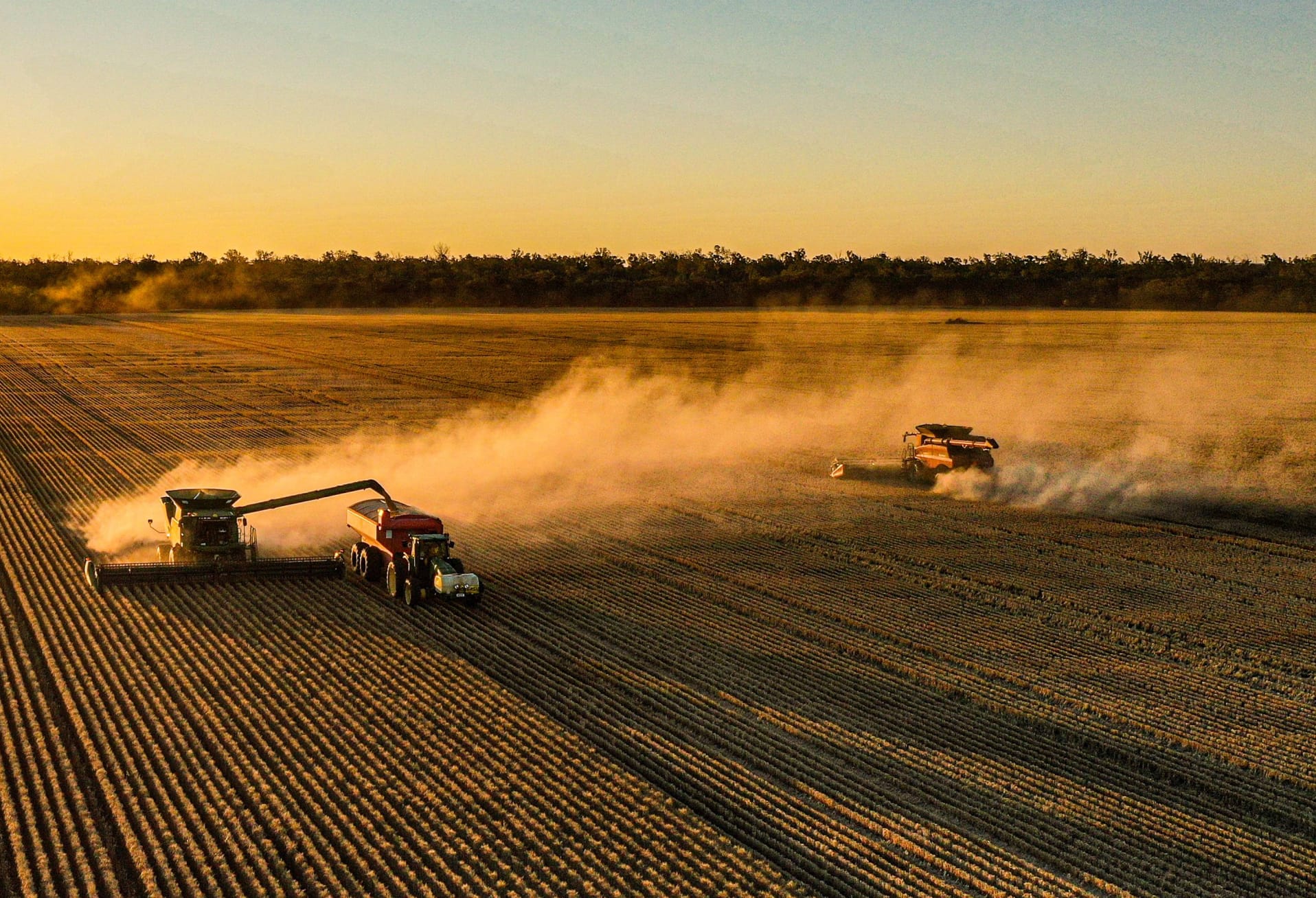The challenges associated with managing in-season fertiliser inputs were highlighted last season, both within BCG’s research program and on farms across the Wimmera and Mallee.
The season’s excellent start, which was followed by showers that (although small) fell with confidence building regularity, prompted growers to invest in substantial fertiliser inputs. Unfortunately, as we now know, a large percentage of these investments weren’t recouped thanks to one of the driest finishes on record in the southern Mallee and parts of the Wimmera.
When we consider the challenges of season 2014 it is easy to understand why growers commonly list fertiliser decisions among the biggest challenges they face each year. Fertiliser inputs represent a significant proportion of total variable costs in grain production and when it fails to rain after in-season applications, nitrogen can be lost through volatilisation. This reduces the amount of nitrogen available to the crop; for growers, this represents a waste of time and money.
To highlight nitrogen management strategies that reduce risk, to make on-farm decision making easier and achieve maximum profit and production from cropping systems, BCG continues to include crop nutrition as an area of focus within its research program.
What over 20 years of research has shown us is that it is important to consider the seasonal forecast and the impact it may have on harvest expectations, keeping in mind the crop’s yield potential with regard to stored soil moisture and paddock history (the likely nutrient status of the paddock). Soil moisture in particular can vary dramatically across all districts and soil types, so blanket recommendations may not be the best approach.
YIELD POTENTIAL
Before deciding on how much N to apply, you first need to have a sensible expectation of your potential yield (t/ha). This can be determined by: gut feel and experience; French and Schultz calculations; or crop modelling systems such as Yield Prophet®. Whatever your view is on the season – conservative or optimistic – in some way how much N you eventually decide to top-dress will be ultimately based on your personal attitude to risk.
Identifying your target yield (e.g. 2.5t/ha) can make determining the amount of N required easier. Table 1 details the N requirement of various crops. Note that to work out the amount of urea (kg/ha) to apply, divide the nitrogen requirement (kg N/ha) by 0.46.
CALCULATING YOUR N REQUIREMENT
A back of the envelope calculation that takes into consideration the paddock’s N balance from the previous year and then estimates potential balance at the end of the current season is the simplest way to determine how much N to top-dress.
SOIL TESTS
Soil test results are very useful when making N decisions. Sampling that occurs closer to sowing will give a more accurate indication of the crop available N as it takes into account any mineralisation that occurred during autumn. In-crop sampling can also provide some useful information but you will need to factor in what the crop has already taken up.
MINERALISATION
Usually viewed as a bonus, nitrogen mineralisation can provide a ‘buffer’, allowing you to take less risk to achieve the yield potential. Depending on your soil’s organic carbon percentage (OC %) and growing season rainfall, mineralisation might reach up to and above 60kgN/ha.
NITROGEN PRODUCTS
There a many nitrogen products available to growers each with its own benefits and costs. When selecting your top-dressing product it is worth considering its composition and how much nitrogen you are getting for the money spent. Research from 2013 and 2014 has not shown any benefit from selecting liquid fertiliser over a granular formulation. Growers should select the nitrogen product that most suits their farming systems in terms of logistics and cost.

